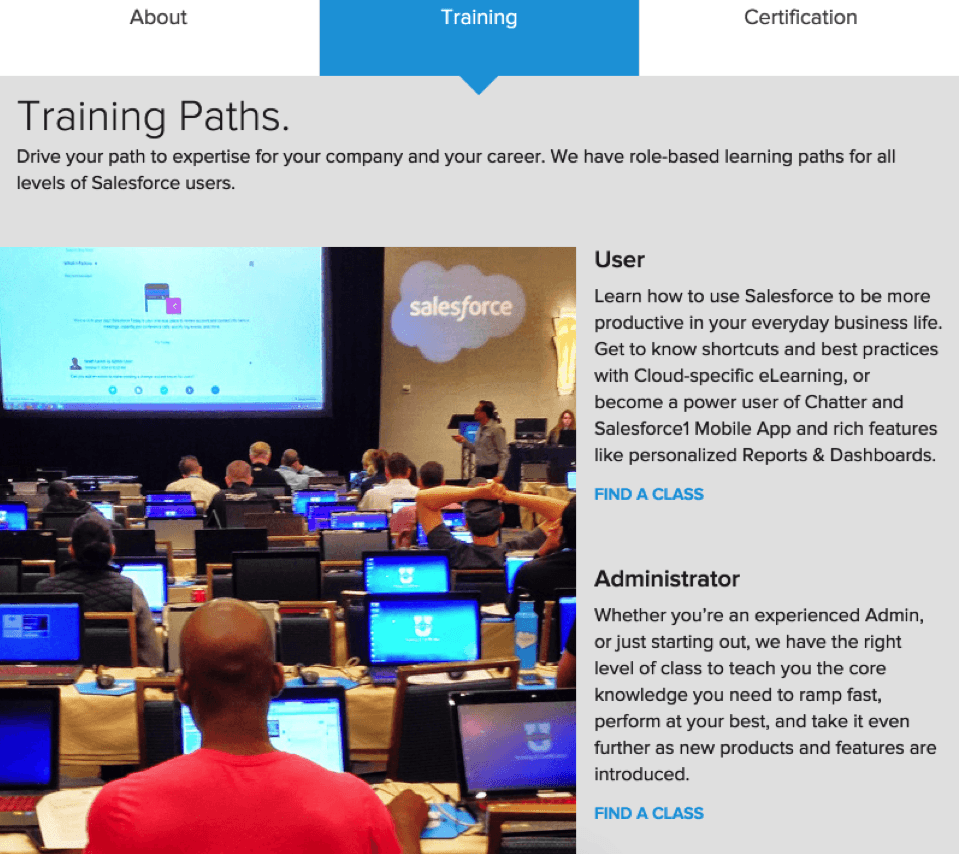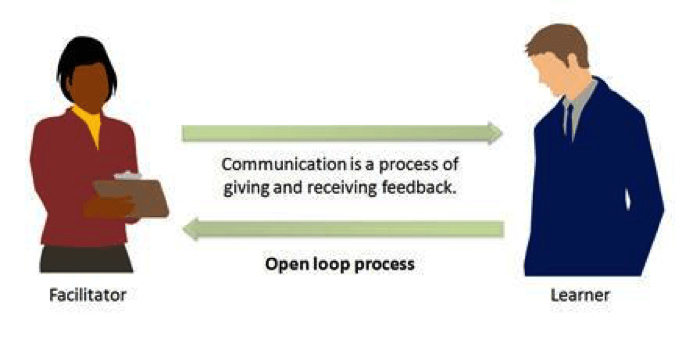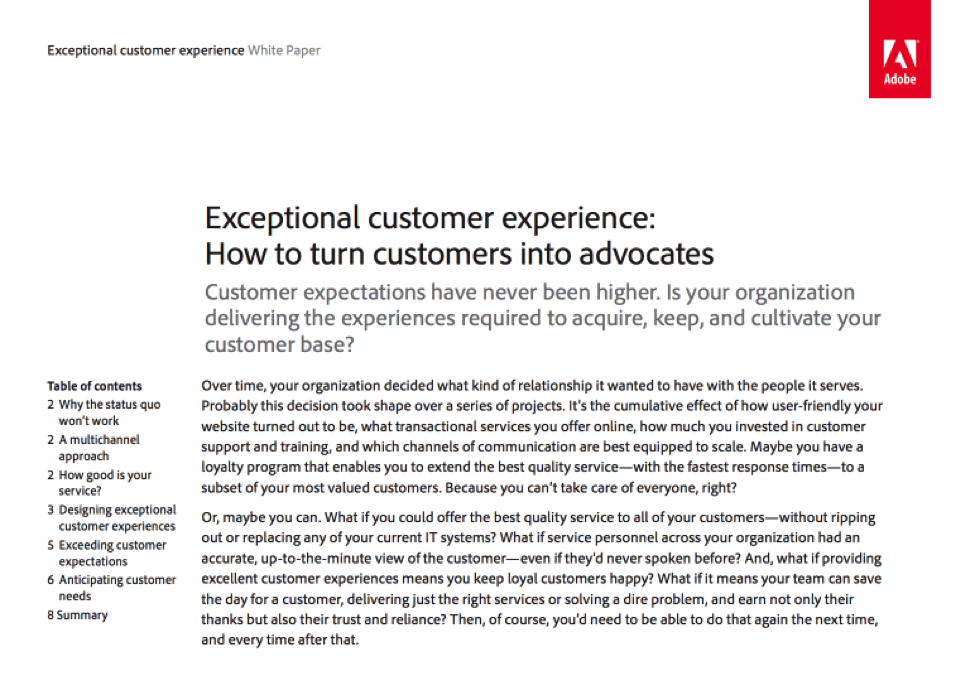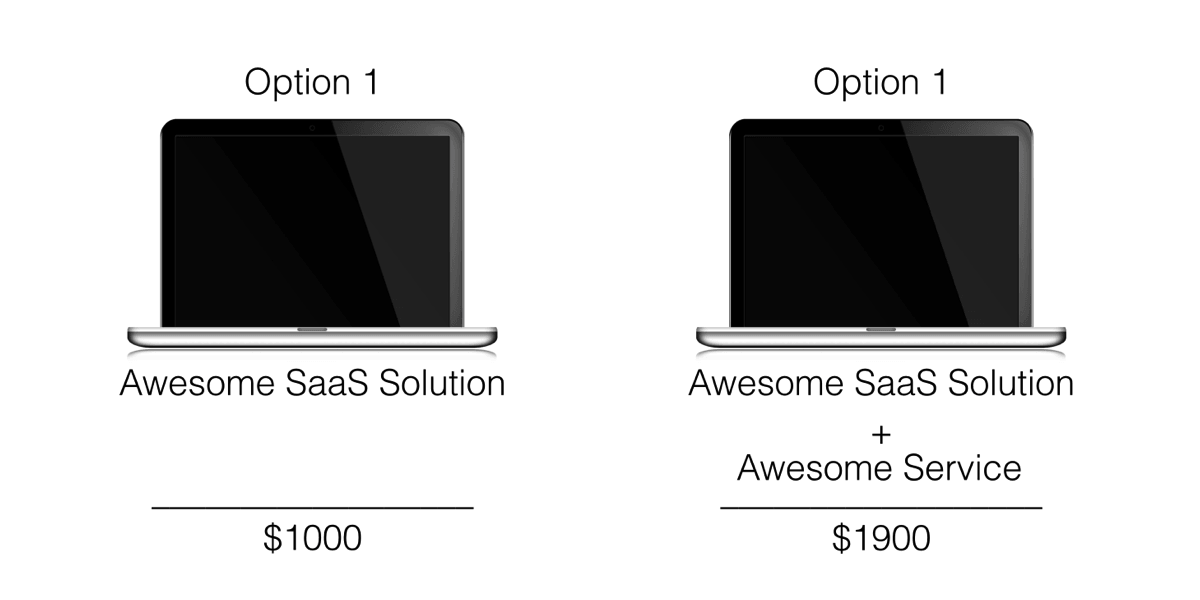It’s hard to think of something as both a product and a service. This whole both/and scenario is tough for those who view the world in black-and-white.
But that’s what we have with an SaaS. The acronym spells it out — software as a service. We have software. And we have a service. We have both.
Inevitably, when thinking of SaaS, however, a company tends to favor one side or the other. Some companies lurch over to the software side of the road. Other companies drift off to the service side.
Where do you put your emphasis? Software or service?
As you look at your SaaS, where do you tend towards?
There’s no right or wrong answer. After all, every company is different. Different companies have different needs, directions, emphases, styles, and solutions.
But I’m concerned that in the SaaS industry, there’s a very important element that’s being neglected.
It’s service.
I’m referring to the touchy-feely side of service — customer service. SaaS is far more than a product. It’s way more than a turn-it-on-and-plug-it-in service. Considered holistically, SaaS is a service that involves interaction between people doing business.
There are, of course, some Saas providers that don’t need to take such an approach. You probably have little desire to have a close relationship with Netflix, an entertainment SaaS. In the world of B2B SaaS, however, service should be taken to a whole new level.
Instead of merely selling a product, SaaS businesses should place the emphasis on their service.
There are two main reasons why this is the case. 1) Emphasizing service helps the customer and 2) it helps you as a business.
SaaS as a Service to Clients: Better service means more value for the client.
Service is a tricky deal. If you blow it, you lose clients. In the realm of SaaS, you don’t want to lose clients. It’s called churn, and it is a bad thing.
As the Harvard Business Review explained, consumers have an “impulse to punish bad service—at least more readily than to reward delightful service.”
If you’re not delivering service, you’re pretty much failing as a business. Look at it from the client’s point of view. When you provide service, they get value to the max.
The client gets continual value from a service provider.
The first and most obvious benefit is the continuousness of the service. SaaS — emphasis on service — is not a one-and-done transaction. It’s an ongoing experience, which gives the client what he needs when he needs it.
This value has a cumulative effect.The longer your client receives service, the more valuable it becomes. She is learning both about your product and benefiting from your expert service on the product. This combination of benefits and its longevity is something you can’t put a price tag on.
The client receives strategic consultation from a service provider.
One of the most beneficial angles of SaaS is the strategy angle. Let me explain how it works.
Your software is not just a tool. It is a tool that leads to strategy. There is SaaS for every realm of business — CRMs, ERPs, Project Management SaaS, email marketing SaaS, accounting SaaS, and innumerable vertical applications. What does each of these help the client do?
They each fulfill a function — one with scope and boundaries. But in a larger sense, the software is designed to enhance the client’s business. The more adept they become at the SaaS, the more successful they become as a business.
So how do you do this? You coach your clients. You teach them. You call them. You train them. Some enterprise-level SaaS can foot the startup costs of national seminars and workshops, such as Salesforce.
Salesforce explains that attendees to their classes will gain high-level strategy:
“Get to know shortcuts and best practices with Cloud-specific eLearning, or become a power user of Chatter and Salesforce1 Mobile App and rich features like personalized Reports & Dashboards.
Your SaaS business may not be as large as Salesforce, but you can still provide strategic consultation with your clients. Simply staying in touch with them via phone or email provides plenty of opportunities for casual Q&A, occasional tips, and even onsite training sessions where you can impart your in-depth knowledge of the software in order to improve their business.
The client forms a relationship with the service provider.
Relationships are one of the most unquantifiable, indefinable, and invaluable elements of business.
A SaaS business with an emphasis on service allows you to cultivate these relationships naturally. As a service provider, and not merely a product manufacturer, you have the opportunity to interface with a variety of clients. Your client profits from the relational service that you provide.
Smashing Magazine explains this concept well. Their article on the subject discusses how tech agencies need to step up their game with delivering great service, not just great products. Here’s the crux.
If we do not engage with our clients in a real, personal way, then we are just another vendor — and vendors are easily replaceable with better cheaper options. However, clients are much less likely to consider replacing people with whom they have real relationships.
Relationships go both ways. Not only are you providing something for them, but they’re providing something in return. The more relationships you develop in your target market, the more opportunity you gain.
The client can keep up with technology.
One of the biggest challenges of running a technology-based business is trying to keep up with all the technology. It’s expensive and time-consuming to say the least
In the face of this challenge, a service-focused SaaS can deliver exactly what such companies need. There’s less of a need to buy new software, reinstall a program, or learn some new system.
By providing a level of service on top of the product, the SaaS can coach clients through technology changes and upgrades.
The client gets feedback from the service provider.
When someone uses a new system or software, they’re often wondering, “Am I doing this right?
When you provide interaction and service, they don’t have to wonder. That’s what communication is — giving and receiving feedback.
Everyone, regardless of what they’re doing can benefit from feedback — the open-loop process. This feedback loop is especially important in the realm of learning software and technology solutions. Such feedback only takes place when you develop a push for service, over against product alone.
The client protects against failure.
By “failure” here, I’m referring to the particular software that you provide. Sometimes, it’s going to go on the blink. A server goes down, the cloud crashes, the connection is interrupted — whatever.
What happens next? You have to fix it. In a software-only model, the fix is up to the client. They have to figure out what went wrong, how, why, and what to do about it. Several hours, lots of cursing and four pots of coffee later, the problem is solved.
But what if they’re interacting with an SaaS team who believes in the value of service? The situation looks different indeed.
The blog, Elite Extra explains it like this:
What happens when something goes wrong and these mission critical systems become unavailable? That is when the “service” in SaaS becomes paramount.
Just as you provided the software, so you must provide the service that prevents your client from having to deal with the failure themselves.
The client gets solutions from the service provider.
Why does a client purchase your SaaS? In part, it’s because they want you to solve their problems. They want solutions.
Although the era of solution sales is waning, it does not mitigate the fact that people buy products because they solve a given problem. Solution sales as a tactic is gone, but the reality of buying business solutions for business problems is as real as ever.
Your SaaS will solve one component of the client’s problems. The real problem-solving power, however, will come from you. By layering service on top of the software, you provide additional value to your SaaS.
SaaS as a Service to Yourself: Being a service-oriented SaaS brings more value to you.
If you’re giving more value to your clients, it automatically makes you more valuable. Well-served clients translate naturally into a strong, growing, viable company.
But do you get any other benefits? The answer is yes, in spades.
By readjusting your perspective and viewing your SaaS as a service, you derive new levels of value and power that far outweigh the cost in time and effort.
You get powerful advertising.
What’s the best and least expensive way to advertize? Easy: happy customers.
Ah, but it’s not that easy. As anyone who has worked in a service industry can tell you, pleasing customers is a tough thing. When you nail it, though, it pays off. Pardot.com makes the case for happy customers in their article, “The Secret to Evangelism Marketing.”
And that is why happy, satisfied, and informed customers are one of the best marketing investments companies can make.
“Investment” is the right word. This method of advertising isn’t free. It will cost you in terms of labor and intention. It might turn out to be the most expensive advertising campaign you ever invest in. You won’t see it reflected in budget line items from the marketing department though. You’ll pay it in sweat equity, time on the phone, client-facing conference calls, additional support staff, and lots of effort.
But the payoff? It’s sweet indeed. Happy customers can sell your product better than your top salesperson. A satisfied customer becomes an evangelist. You get to reap the rewards.
How does this happen? Only through intentional communication and service of the highest quality.
Adobe published a white paper on “Exceptional Customer Experience: How to Turn Customers into Advocates,” where they explained the path from possessing clients to actually impressing clients with top-shelf service.
In an inspirational white paper, Adobe wrote,
You can go beyond customer satisfaction to achieve customer advocacy. It’s streamlining processes that make everyone’s life easier. Communicating with customers when and how they want. Solving problems with flexibility and individuality. Making every touch point an engaging, optimal experience.
Although the white paper focused on Adobe’s products as the path to delivering exceptional customer experiences, the truth is it doesn’t require a set of products. Instead, it requires a change in mindset. You’re selling something more than a product. You’re selling a level of service that can turn the most odious customers into your most aggressive advocates.
You build valuable business relationships.
Above, I referenced the fact that business relationships are one of the benefits of a service-oriented SaaS. I want to touch on that point again because it comprises one of the most significant advantages.
Depending on your client’s industry, niche, size, and service, you can learn from them, benefit from them, and grow from them. There’s no single way that a client delivers value in return. There are myriad methods of gaining return value. You’ll never understand this value or experience the advantages until you reposition from a product-oriented SaaS to a service-oriented business.
You will increase profitability since people are willing to pay for more service.
There are plenty of ways that an SaaS can improve their profit margins. What’s the best way to do so? Improve your service level.
Garrett Moon makes the case for this model in his excellent article, “There’s Only One SAAS Sales Strategy You Really Need.” In the article, he proves his thesis, which is, “the only strategy you [need is] to make your customer as successful as possible.
Customers buy solutions, not just products. Thus, they are willing to pay more for the best solution available. For example, imagine that a customer is considering two options. The product is virtually the same, but one company provides stellar service and the other doesn’t. If the company is looking for the most valuable solution, they will pay extra for Option B — your service-oriented business.
You give more, but you also charge more. You’re not a product. You’re a service. And service costs money.
You get real-time field testing of your product.
Once you build a SaaS, you’re constantly improving it. This is both a challenge and an opportunity. The opportunity, of course, is the chance of improving your product. The challenge? Finding field-testing for these improvements.
And that’s where the value of service comes into play yet again. If you can tilt your product into an arena of service, you’ll be able to gain feedback from your clients on the product that you have developed.
You reduce churn.
In SaaS, public enemy number one is churn. As Lincoln Murphy has written, “Customer churn can have a devastating effect across your entire SaaS company.” What are the solutions? Attracting better customers, managing expectations, driving engagement…yeah, but what else?
If you provide top-level service, you’ll slash your churn rates in unbelievable ways. People love service. They are loyal to service. Service is what keeps them coming back for more.
An American Express survey discovered, “78% of consumers have bailed on a transaction or not made an intended purchase because of a poor service experience.” In SaaS, we call that churn. And that rate? That’s just unacceptable.
There’s negative fallout from that kind of churn. Why? Because, according to the White House Office of Consumer Affairs, “News of bad customer service reaches more than twice as many ears as praise for a good service experience.”
HelpScout gets this. Their service level is unparalleled, but it’s also backed by solid business strategy:
In the customer service echo-chamber there is a lot of “hoo rah” about taking care of customers, but little discussion on the business side of things. At Help Scout, we do things differently; we’re all about loving customers, but we also aim to prove that great service is more than just the right thing to do—it’s also good business sense.
Their list of strategies (worth a read) makes the case for a service-oriented model that will absolutely make your clients fall in love with you. (In a business and platonic way of course.)
Help Scout says it:
This one is a no-brainer: You can’t create a tribe of loyal customers without an exceptional customer service experience that keeps them coming back.
Conclusion
Your product is the structural framework upon which your service hangs. Yes, the product is important. It’s indispensable! But what fleshes out this product, gives it validity and produces a two-way stream of value for you and your clients?
It’s all about the service. I challenge you to reposition your business from being a product creator to becoming a service provider. Products provide the opportunity for you to fulfill a highly-sought after solution — service.
If you change your mind, you’ll boost your revenue. Let’s go out and deliver stellar service.
How does your SaaS provide top-notch service?




Comments (2)